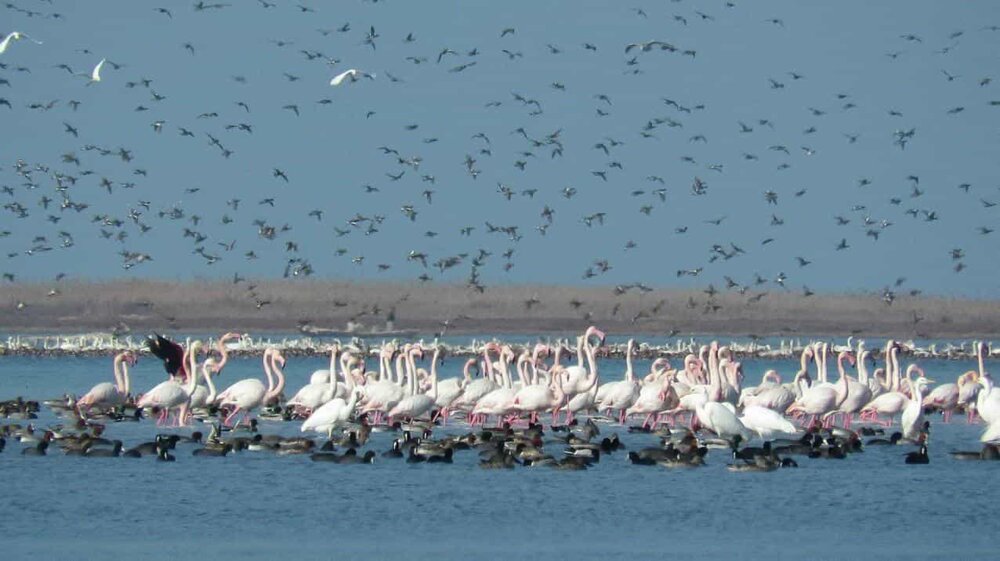Indigenous knowledge a way to protect valuable wetlands

TEHRAN – Construction of qanats and dams have long been used in Iran to manage water resources and wetlands, which have been forgotten for several years. Experts believe that we can manage water resources and wetlands well by relying on local knowledge.
Iran is rich in terms of having a variety of wetlands due to its climatic diversity. In the world, the total number of wetlands is classified into 42 types, of which 41 types exist in the country.
In Iran, 141 wetlands with ecological value with an area of over 3 million hectares have been identified, of which 25 wetlands are designated as wetlands of international importance (registered in the Ramsar Convention) covering more than 1.4 million hectares and four sites are biosphere reserves.
Wetlands are ecosystems saturated with water, either seasonally or permanently. They store water and ensure its quality, providing resilience against drought. They play a central role in sustainable development by supplying all our freshwater. More than 40 percent of freshwater fish are said to live in wetlands.
Wetlands play a major role in protecting the land against floods and the impacts of storms. They provide food and diverse habitats which support genetic, species, and ecosystem biodiversity. Wetlands play a key role in the life cycles of many species and in annual migration patterns.
Unfortunately, wetlands are being degraded and lost due to pollution, overexploitation, climate change, and human population growth.
In 1971, an international treaty called RAMSAR Convention was adopted to realize the importance of these ecosystems, Ramsar Wetlands are sites inscribed on the List of Wetlands of International Importance (the "Ramsar List") under the Convention on Wetlands.
Concurrent with the adoption of the RAMSAR Convention, World Wetlands Day was designated on February 22, emphasizing the importance of the wetlands and sustainable use of these valuable ecosystems.
The theme for this year's World Wetlands Day is 'Wetland's action for people and nature showing the actions required to ensure the conservation and sustenance of wetlands.
Ancient qanats key to wetland protection
Ali Arvahi, a wetland management specialist, said that in the process of protecting wetlands, unfortunately, less attention is paid to indigenous knowledge, our country is located in an arid and semi-arid area, for centuries, local knowledge provided solutions for water resources and flood management.
In this way, in the northern provinces, we have dams that were created artificially, in desert areas, we see the construction of qanats for water management, in Sistan and Baluchestan, we have another type of dams, reconsidering this indigenous knowledge can help us see how the people of our country managed the flood in the past.
So rehabilitating ancient dams and qanats can do two things for us, one is to control the floods more and to store water, especially when we are facing a severe shortage of water.
Unfortunately, for decades we have been building dams to manage water resources and flooding, regardless of the location of the dam and environmental assessment, he explained.
He further suggested that natural solutions such as reforestation, revival of pastures, protection of rivers and wetlands, vegetation plantation, and facilitating the transfer of water to wetlands, can play a major role in this regard.
However, only one dimension of the solutions is considered by the responsible bodies, so that it causes gradual dryness of wetlands, which leads to sand and dust storms affecting the livelihood of local communities.
FB/
Leave a Comment